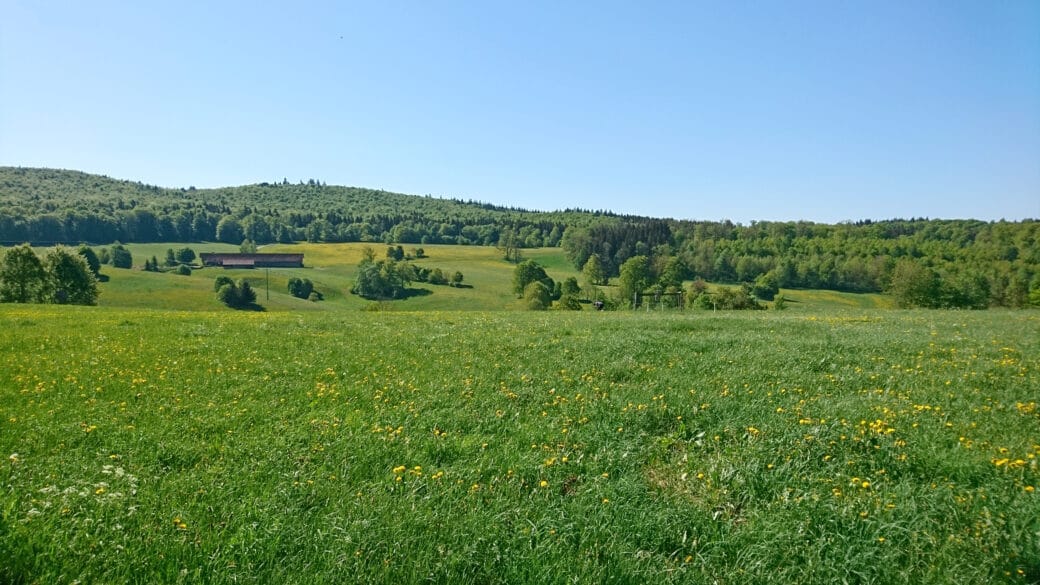Factors driving the distribution and diversity of protistan plant pathogens in grasslands and forests of the Biodiversity Exploratories

Plant-microbe interactions are considered the main drivers of plant diversity and community composition. Oomycetes (eg Pythium) and cercozoan parasites (eg Plasmodiophora) contain some of the most destructive ubiquituous plant pathogens. Apart from crop plants, they colonize a wide range of hosts and potentially have an important but yet unknown impact on the diversity of natural plant communities. In spite of their functional importance, their distribution in natural habitats has never been systematically studied.
High-throughput sequencing allows investigating in unprecedented details the diversity and distribution of microbial pathogens directly in soil. We plan to assess the diversity and natural reservoirs of two groups of protists, the Oomycetes and Cercozoa, in soils of all 300 grassland and forest experimental plots (EPs) of the Biodiversity Exploratories. These two groups of protists are functionally diverse, spanning a range of facultative and obligatory parasites to free-living bacterivores, with some parasitic taxa spending part of their life cycle as saprotrophs.
The Biodiversity Exploratories offer the opportunity to study the effects of land-use intensification on plant parasites and their free-living relatives in different geographic regions of Germany. Network analyses will be applied to identify i) central interacting plant pathogens (i.e. hubs) in microbial communities, ii) potential suppressive soil communities, and iii) their relationships to metabolites from root exudation and plant traits. This will be the first large-scale study to reveal the distribution of these highly diverse and functionally important protist in natural habitats. This study will help identifying the management practices suppressing plant parasites and give hints on the circumstances of pathogen outbreaks.









